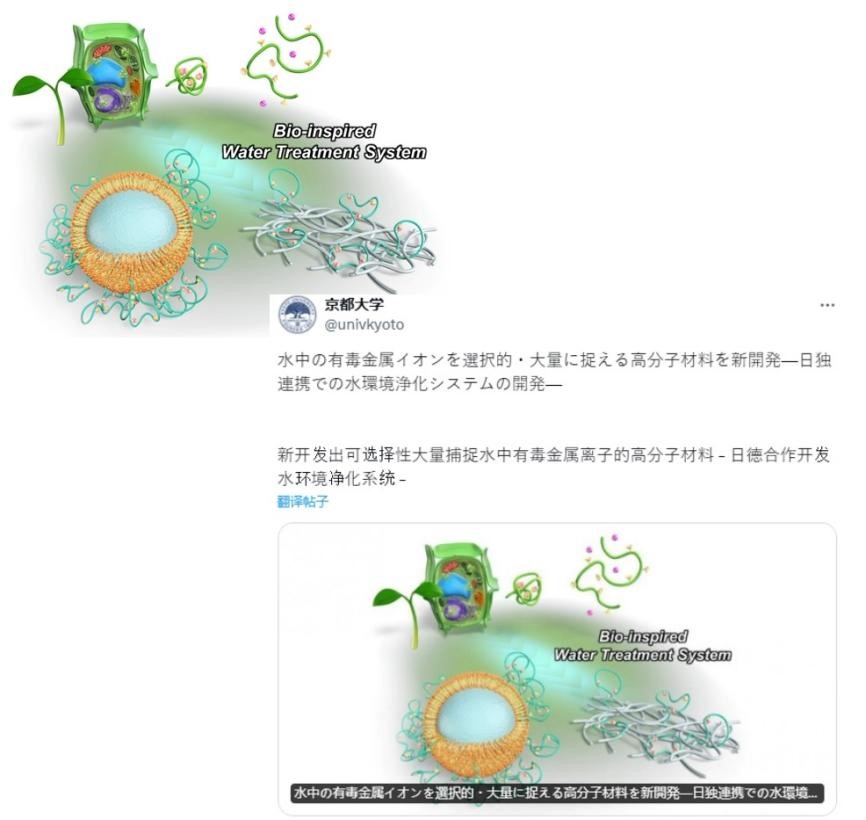Against the backdrop of increasingly serious global water pollution, a breakthrough scientific research achievement jointly achieved by Kyoto University in Japan and a research team in Germany - a new polymer material has opened up a new way for water environment purification. In this article, we will take an in-depth look at this innovative technology and explore its potential path from R&D to commercialization and how long it will take.
The new polymer material developed by Kyoto University and a Germany research team is inspired by nature's selective heavy metal ion trapping mechanism. The material has the ability to efficiently and selectively adsorb toxic heavy metal ions in water, and its performance has been verified in laboratory tests.
New polymer materials have significant advantages in purification efficiency and selectivity, but to achieve the transition from laboratory to industrial production, it is necessary to overcome challenges such as manufacturing costs, large-scale production, and market acceptance.
At present, the manufacturing cost of new polymer materials has not been clarified. Considering its innovation and initial R&D investment, the cost may be higher. However, as the technology matures and the scale of production scales up, it is expected that the unit cost will gradually decrease, increasing the viability of commercial production.

Figure: A new polymer material developed by a team from Kyoto University in Japan and Germany opens up a new way for water purification
The application of new polymer materials in the field of environmental protection has broad prospects, especially in industrial wastewater treatment and drinking water purification. The growing global demand for clean water indicates that the demand for this material is expected to continue to expand.
The process from technological innovation to commercial application is complex and changeable, involving multiple stages such as laboratory research and development, small-scale trial production, large-scale production, and market promotion. In general, this process can take 10 years or more, depending on factors such as technology maturity, capital investment, market demand, and policy support.
The new polymer material has demonstrated excellent purification performance under laboratory conditions, and can significantly reduce the concentration of heavy metal ions in wastewater to safe drinking water standards in a short period of time.
The technology has been generally positively received by the scientific and industrial communities, and the market is excited about the potential applications of this new material, especially in the context of the rising global demand for clean water.
The results of the collaboration between Kyoto University and the Germany research team not only demonstrate the important role of science and technology in solving environmental problems, but also point to a new direction for the development of water purification technology. Although it may take a long time from technological innovation to commercial application, with the maturity of technology and the growth of market demand, we expect that this new polymer material can accelerate the commercialization process and make an important contribution to the protection and purification of the global water environment.






